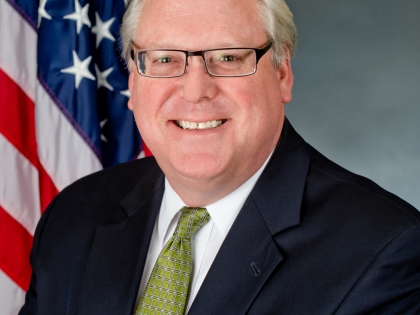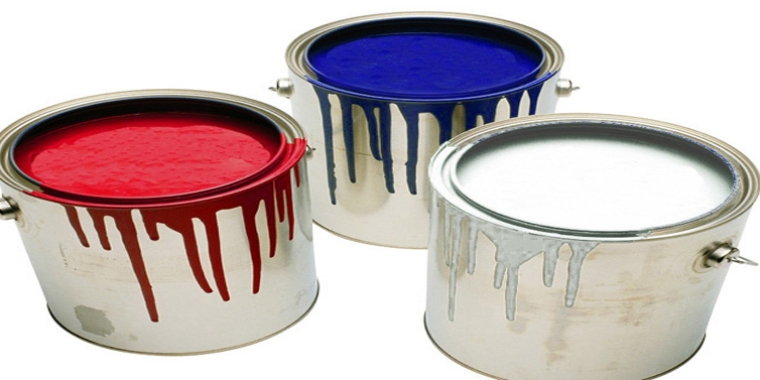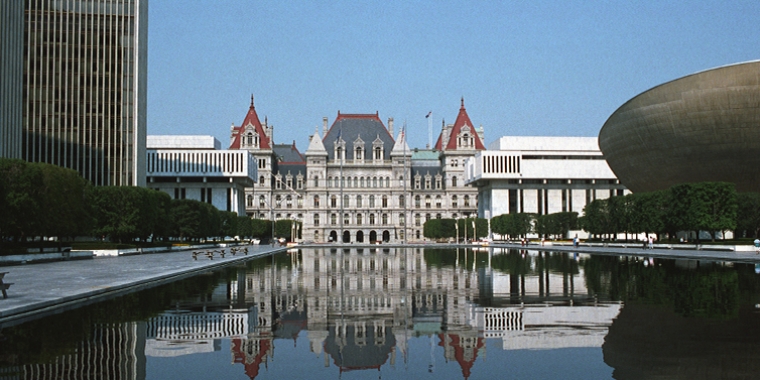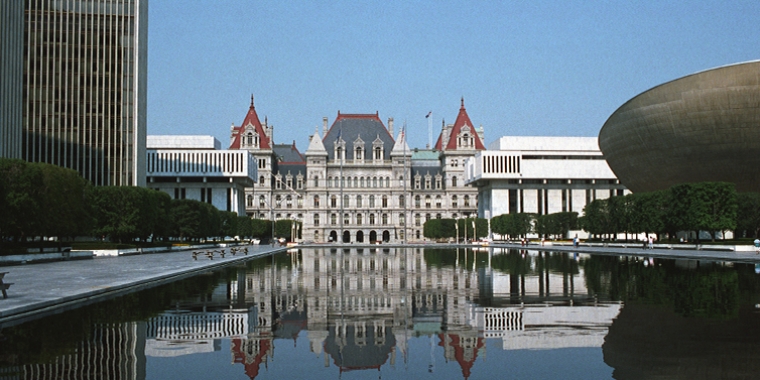
O’Mara: New ‘paint collection’ law cuts costly burden on local governments and fosters government-industry cooperation
December 17, 2019
-
ISSUE:
- mandate relief

Albany, N.Y., December 17–Legislation (S4351/A6373, Chapter 673 of the Laws of 2019) long sponsored by Senator Tom O’Mara (R,C,I-Big Flats) to establish an industry-sponsored “Postconsumer Paint Collection Program” to reduce a costly burden on local governments that are currently responsible for collecting and disposing of most post-consumer, unused paint, has been signed into law by Governor Andrew Cuomo.
O’Mara first introduced the legislation in 2016 when he served as chair of the Senate Environmental Conservation Committee. The Senate consistently approved the measure with overwhelming bipartisan support, but it failed to move in the state Assembly until this year.
O’Mara co-sponsored the measure in 2019 with Senator Tim Kennedy (D-Buffalo).
O’Mara said the new law will create local jobs, provide relief to local property taxpayers, and encourage environmentally sound recycling and disposal of unused paint in New York State. He pointed to the initiative as an example of how government and industry can work together to implement effective environmental policies and programs.
“It’s been a long legislative battle to finally achieve this important new law that represents a significant step forward for state government working together with industry on important challenges. It will help create a more business-friendly climate in New York State and, hopefully, better, more workable laws in other areas,” O’Mara said. “Working together can go a long way on reaching an end result on additional issues that would benefit our state fiscally, economically and environmentally.”
New York State Association of Counties Executive Director Stephen J. Acquario said, “Most leftover paint is currently disposed of in the garbage, despite the efforts of local governments. Extended producer responsibility is an important policy tool to reduce the financial burden on municipalities and minimize the environmental impact of the products we consume. We thank Senator O’Mara for sponsoring this legislation and we applaud Governor Cuomo for signing it into law so we can provide relief to local property taxpayers, increase resident convenience, and create new jobs in recycling and manufacturing.”
The national Product Stewardship Institute (www.productstewarship.us) has estimated that approximately 3.1 million gallons of paint go unused each year in New York State -- with the costs of collecting and managing the paint’s disposal mostly falling on local governments. Under O’Mara’s legislation, through which paint manufacturers would be responsible for managing the recycling and disposal of unused paint, local governments would save approximately $25 million annually.
The measure has drawn the support of a range of environmental advocacy organizations, paint industry representatives, and municipal agencies. The joint, bipartisan New York State Caucus of Environmental Legislators has identified it as a priority in the past. In addition to reduced costs on local taxpayers, O’Mara said, a Paint Stewardship Program will create convenient recycling opportunities and green sector jobs, reduce disposal in favor of recycling, and result in less waste as consumers will become smarter and more efficient shoppers for paint.
Under the law, the state Department of Environmental Conservation (DEC) is directed to develop a plan for paint manufacturers and sellers to form and cover the costs of a statewide, not-for-profit Paint Stewardship Program. The plan would seek to minimize the involvement of local governments in the management of post-consumer paint by reducing its generation and establishing agreements to collect, transport, reuse, recycle, and/or burn for energy recovery post-consumer paint at appropriately licensed collection sites and facilities using environmentally sound management practices. The measure further specifies that the plan include annual program audits and reports, education and outreach to consumers, and details on how post-consumer paint would be collected, treated, stored, transported and disposed.
States that have implemented comparable programs are showing impressive results. Oregon has collected and recycled over 1,000,000 gallons of paint since implementing its program in July 2010. California launched its program in 2012 and has over 350 new collection locations accepting paint for recycling.



